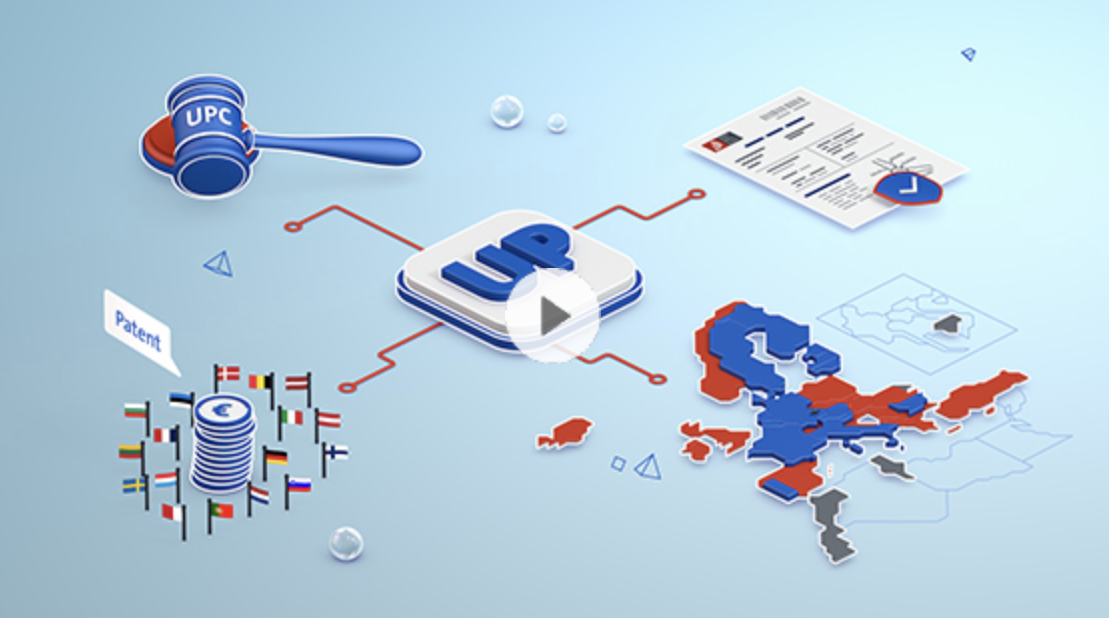
The European Parliament and Council Directive 94/62/EC of 20 December 1994 aims to reduce the environmental impact of packaging waste. The latest amended version of this directive, which came into force on 3 July 2018, seeks to remedy the problem of extensive packaging and promote a circular economy, imposing new requirements on businesses that trade within the European Union and EEA countries. This article explores the impact of the amended directive on the labelling and user manual requirements for businesses.
Reducing Packaging Waste
The amended directive requires businesses to use packaging that is designed to be reusable or recyclable. It also sets targets for member states to achieve specific levels of packaging waste reduction. For instance, by 2030, member states must ensure that 70% of packaging waste is recycled or prepared for reuse. Additionally, member states must ensure that no more than 10% of municipal waste consists of packaging waste.
Labelling Requirements
The amended directive introduces new labelling requirements for businesses. Packaging must display clear and legible information on how to recycle it. This information must be easy to understand and visible to the consumer. The labelling must also indicate whether the packaging contains recycled materials.
Furthermore, the directive requires businesses to provide information on the environmental impact of the packaging. This information may include the carbon footprint, water consumption, and other relevant indicators.
User Manuals and Instructions
In some cases, businesses may be required to produce user manuals or instructions in languages that can be understood in all the countries where the products are traded. This is to ensure that consumers can use the products correctly and safely. The directive does not specify which languages must be used. However, businesses must take into account the languages spoken in the countries where the products are traded.
Impact on Businesses
The amended directive imposes new obligations on businesses that trade within the European Union and EEA countries. Businesses must ensure that their packaging is designed to be reusable or recyclable. They must also meet the new labelling requirements and provide information on the environmental impact of their packaging.
In some cases, businesses may need to produce user manuals or instructions in multiple languages. This can be a significant cost for businesses, particularly for small and medium-sized enterprises.
Conclusion
It is evident that from above that, if your business introduces new packaging while bringing products to the market, you may face increased liability depending on the extent to which the system exceeds the existing regulations in your country.
Businesses must ensure that their packaging is designed to be reusable or recyclable and meet the new labelling requirements. In some cases, they may need to produce user manuals or instructions in multiple languages.
Whether businesses will think beyond the traditional approach and embrace sustainable packaging remains to be seen., as requirements may increase costs for businesses; However, they are also necessary to promote sustainability and protect the environment.




